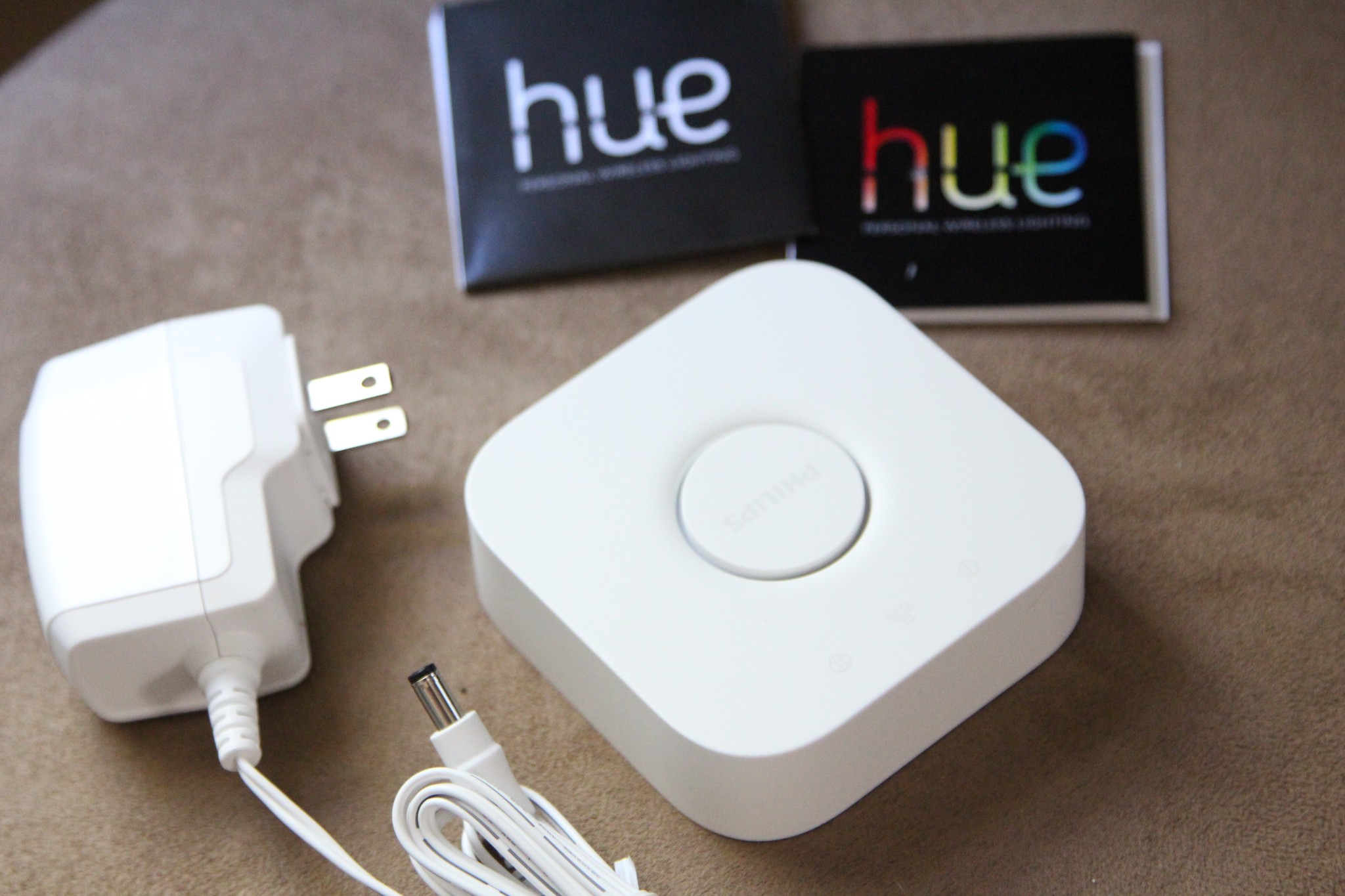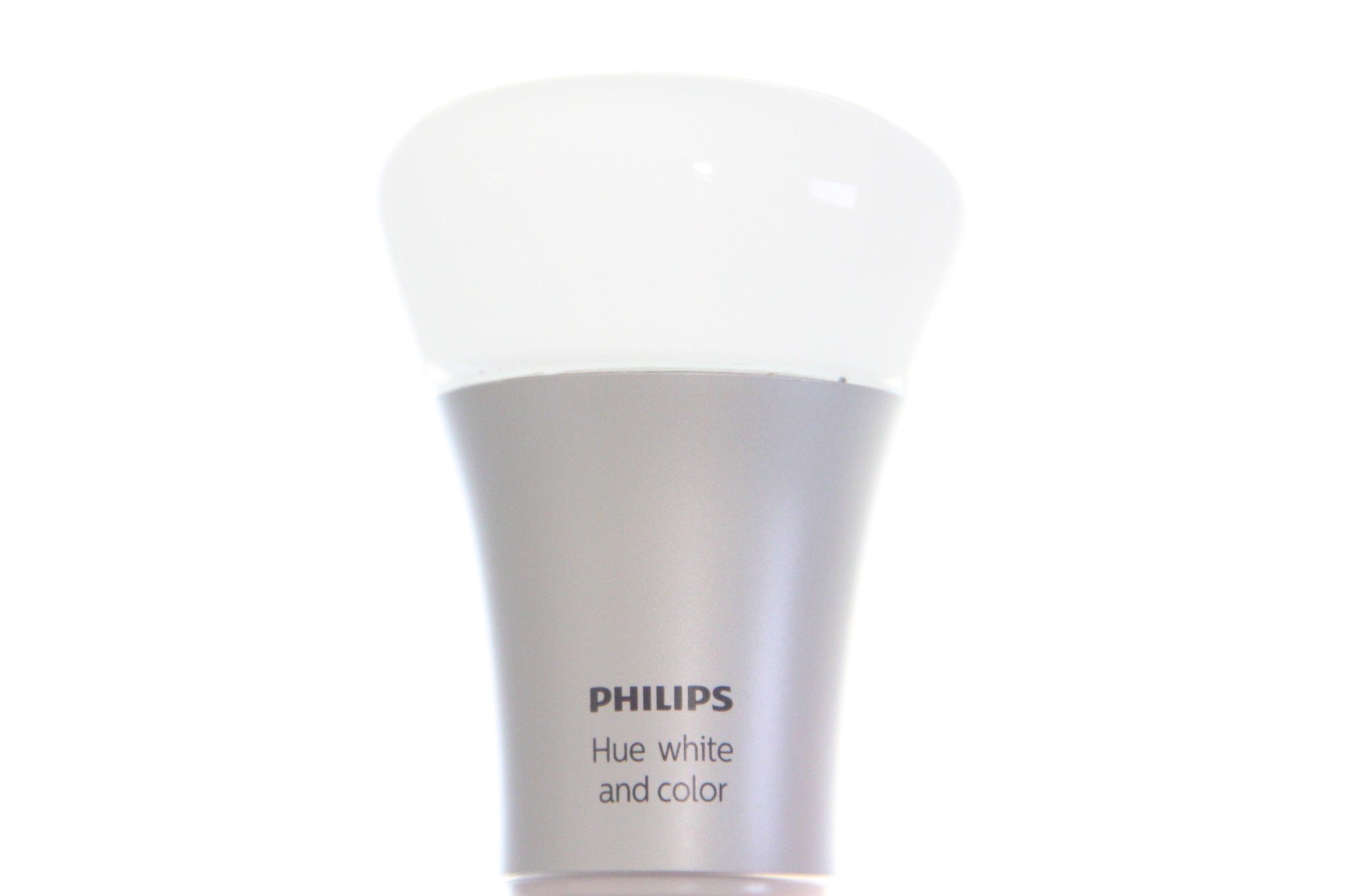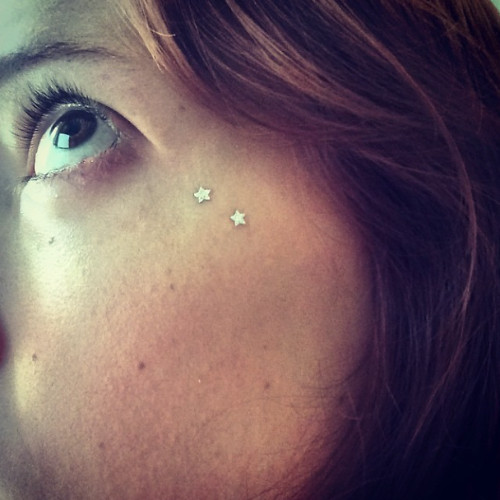I got the new Philips Hue HomeKit lights, and I love them


I've become a bit addicted to HomeKit devices since the first ones hit the market earlier this year. I have Lutron's Caseta light switches, Elgato's Eve Weather, Room, and Door, and now: I just picked up a Philips Hue HomeKit bridge and light set. Yes, the popular multicolored LED lights now have a HomeKit-compatible bridge. Which means… Siri-controlled lights everywhere! Wheeee!
Okay, I didn't quite go that out of control. I picked up Philips's $199 starter HomeKit set with HomeKit-compatible bridge and three bulbs along with an $80 Hue Lightstrip—a decent starter kit, I think. If you already have Hue lights and want in on the HomeKit action, you'll just need to pick up a new bridge for $40 from Philips's website starting November 1. (That's 33 percent off the normal bridge price, $60, and you'll only be able to get the discount through the end of the year.)
Why Hue lights are great
I'd been eyeing the Hue lights for quite some time, but it wasn't until Philips launched HomeKit compatibility that I actually decided to jump on the LED smart-bulb bandwagon. Now, I think I might just be hooked. Someone take my credit card away from me.

Hue lights are fun: As their name suggests, you can set them to any color your heart desires, and combine multiple bulbs for a multicolor experience. It's all the fun of running a theater light board—without the theater or the multi-million dollar lights. Add Siri to the mix—and iOS 9's new "scenes" feature—and you can set up submarine lighting by saying "Hunt for Red October" or remind yourself of the beach with "Island Getaway". You can even reset all your lights to neutral whites by creating a scene called "Simulation Complete."
Hue also has the advantage of just screwing right into existing light bulbs, so you don't have to rewire your house for delightful lighting.
How to set up Philips Hue lights with HomeKit
To set up your lights, hook them up in whatever room(s) you'd like, download the free Hue app, and hook up the Hue Bridge to power and an ethernet connection.
Unfortunately, if you're like me and already have a hub in your house for one of your products—yes, you'll need another one. This is the one downside to our current HomeKit world: All the different manufacturers want to save (themselves and users) money by not including the HomeKit security firmware in the devices themselves, but that means ethernet-connected bridges. I have a fairly large router and AirPort, but even so, the Hue bridge took the last of my spare Ethernet ports. I'm just glad Elgato's devices don't require a bridge—otherwise I'd have had no space for the Philips Hue.
iMore offers spot-on advice and guidance from our team of experts, with decades of Apple device experience to lean on. Learn more with iMore!
Once you've finished setting up the bridge, open the Hue app and tap the button on your bridge to pair the two. You'll then want to scan your HomeKit code when prompted. From there, you just need to log in or create a Hue account, and you're ready to rumble.
The Hue app
Philips Hue has a few different partner apps, but the primary Hue app lets you control individual lights and colors from the Lights menu, create Hue-specific scenes from the Scenes screen, and add timers. Unfortunately, the Hue app currently isn't very HomeKit-friendly—you can't add your lights to rooms, or set zones or triggers, and while Hue's scenes are theoretically supported in Siri, I haven't been able to make any of them work.
As a result, to get the most out of Hue and HomeKit, you'll need a third-party app. Elgato's Eve app offers most of these controls, but my favorite HomeKit controller is the $15 Home app—you can set lights, color, saturation, zones, rooms, and even situational triggers—if the temperature gets below 50°, for example, set all the lights to blue.
Using Hue with Siri
Once you've added your Hue lights to rooms, zones, and scenes, you can trigger them with a few different commands, including color!
"Turn on the Office lights.""Set the Office lights to green.""Set the lightstrip in the office to 50 percent."
My personal favorite, however, has to be scenes: There's nothing more fun than saying "Simulation complete" after messing with the color of your lights. Or Rene's personal favorite:
"Crash the compound!"
Bottom line
If you love Siri and HomeKit, the Hue lights are a must-have—and one bridge controls all the Hue lights you want to add, so if you decide that the couch really needs mood lighting… Siri will be there for you. And your credit card. (Your poor, poor credit card.)
Any questions about HomeKit and Hue? Leave them in the comments.
Serenity was formerly the Managing Editor at iMore, and now works for Apple. She's been talking, writing about, and tinkering with Apple products since she was old enough to double-click. In her spare time, she sketches, sings, and in her secret superhero life, plays roller derby. Follow her on Twitter @settern.

